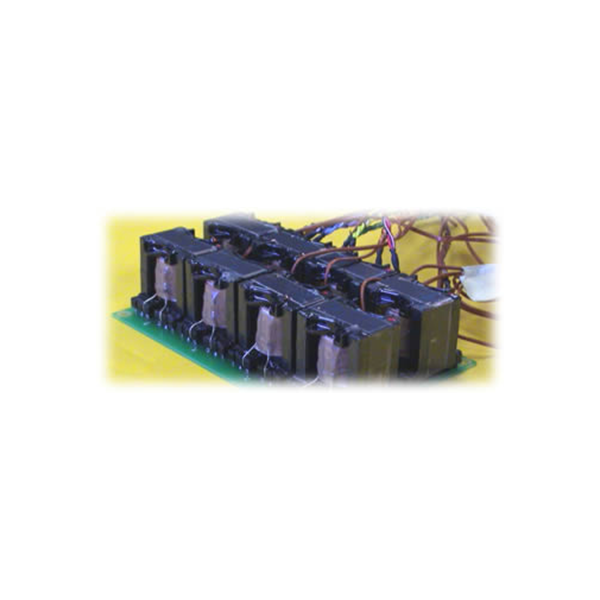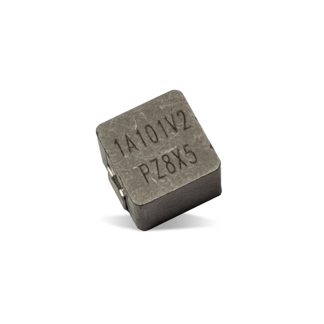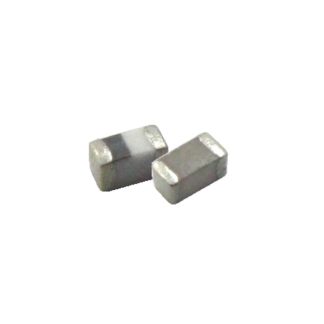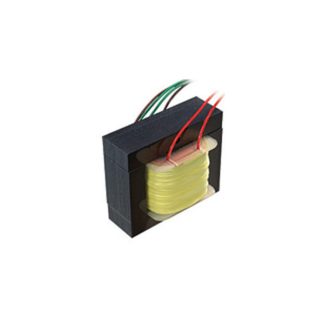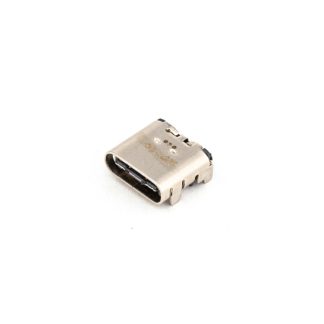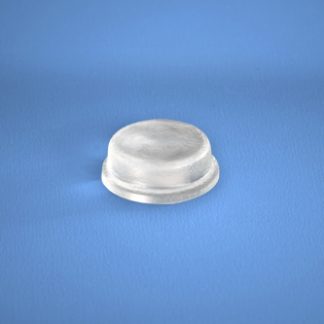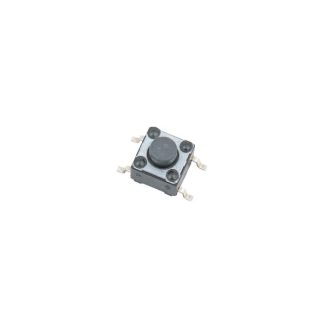Description
Toroidal transformers are built around a ring-shaped core, which is made from a long strip of silicon steel or permalloy wound into a coil, or from ferrite, depending on frequency. This construction ensures that all the grain boundaries are pointing in the optimum direction, making the transformer more efficient by reducing the core’s reluctance, and eliminates the air gaps inherent in the construction of an EI core. The cross-section of the ring is usually square or rectangular, but more expensive cores with circular cross-sections are also available. The primary and secondary coils are wound concentrically to cover the entire surface of the core. This minimises the length of wire needed, and also provides screening to prevent the core’s magnetic field from generating electromagnetic interference.
Toroidal cores for use at frequencies up to a few tens of kilohertz may also be made of ferrite material to reduce losses. Such transformers are used in switch-mode power supplies.
Toroidal transformers are more efficient (around 95%) than the cheaper laminated EI types. Other advantages, compared to EI types, include smaller size (about half), lower weight (about half), less mechanical hum (making them superior in audio amplifiers), lower exterior magnetic field (about one tenth), low off-load losses (making them more efficient in standby circuits), single-bolt mounting, and more choice of shapes. This last point means that, for a given power output, either a wide, flat toroid or a tall, narrow one with the same electrical properties can be chosen, depending on the space available. The main disadvantage is higher cost.
A drawbacks of torodial transformer construction is the higher cost of windings. As a consequence, toroidal transformers are uncommon above ratings of a few kVA. Small distribution transformers may achieve some of the benefits of a torodial core by splitting it and forcing it open, then inserting a bobbin containg primary and secondary windings.

